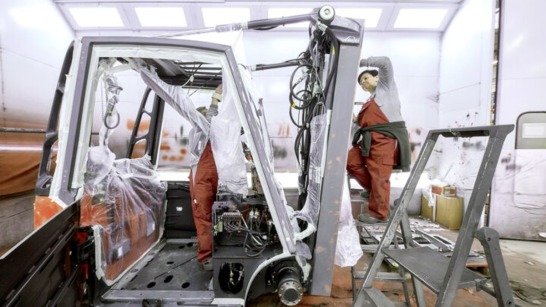Integrated Quality Control System
In the next step, the returns go through an integrated quality control system. Here the goods are checked to ascertain whether they are damaged or whether they are still in brand-new original condition. In turn, this determines the necessary processing steps and the product’s intended destination. Products that are suitable for resale can then be temporarily stored in a so called dynamic buffer of the pouch system, making them available for subsequent orders. All information is recorded in the digital system and can be automatically shared with other customer programs (e.g. ERP systems), thanks to the seamless integration of the Dematic software.
“The standout feature of our solution is transparency,” says Andy Orrell, a software specialist at Dematic. The system integration provides a company with an overview of all relevant data relating to a particular return, such as the cost price, the condition of the goods, the potential (re)sale price, and the costs for any reworking or repairs. “This data can be used to quickly and carefully decide whether to reuse or dispose of an item,” explains Orrell.
Resale or Second-Hand?
The Dematic solution can be used to decide whether a returned item ends up back in the online shop, in a second-hand store, or in a clothes recycling bin. For many online retailers, this is important not only from an economic point of view, but also to help them achieve their sustainability goals and meet their reuse quotas.






